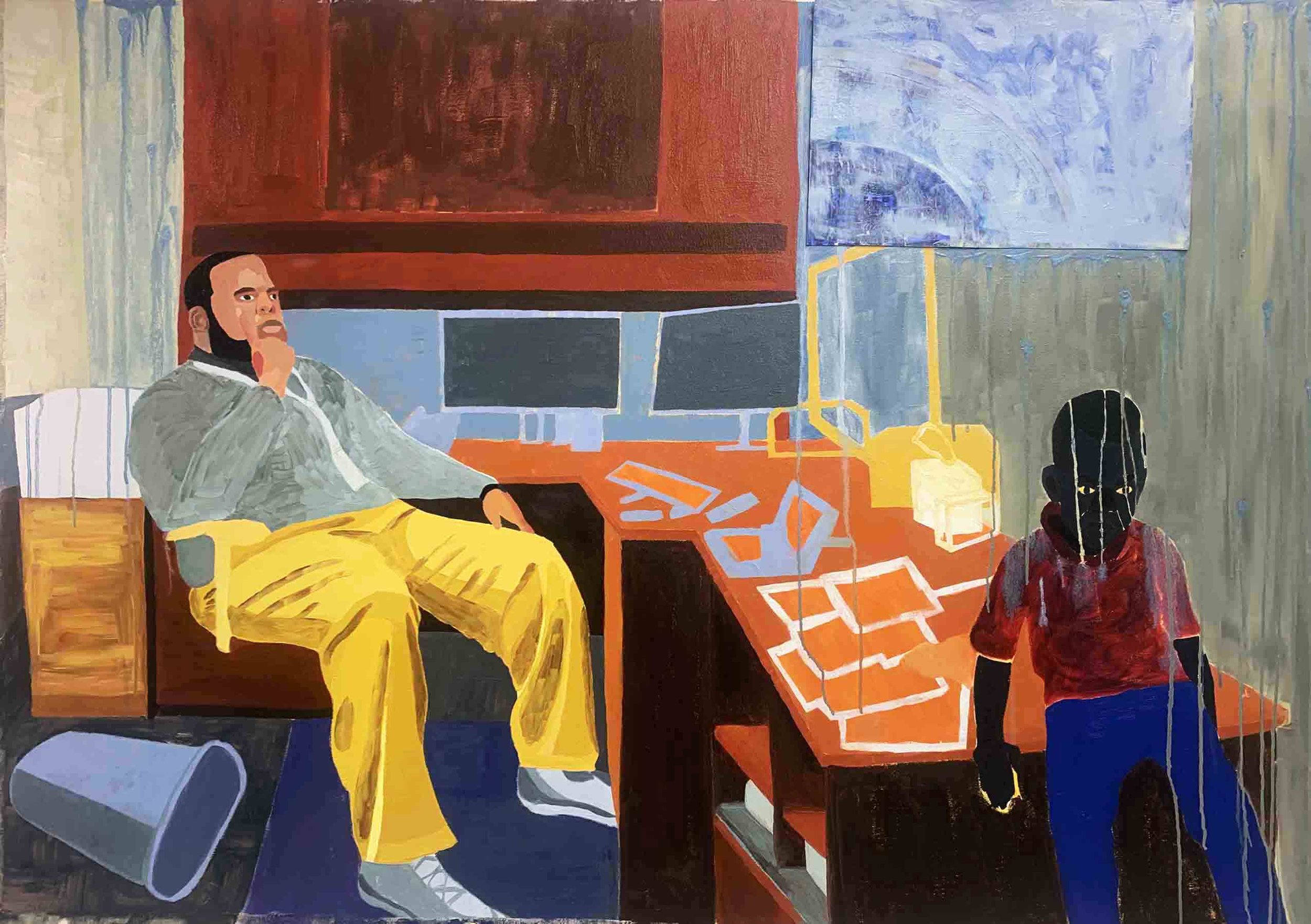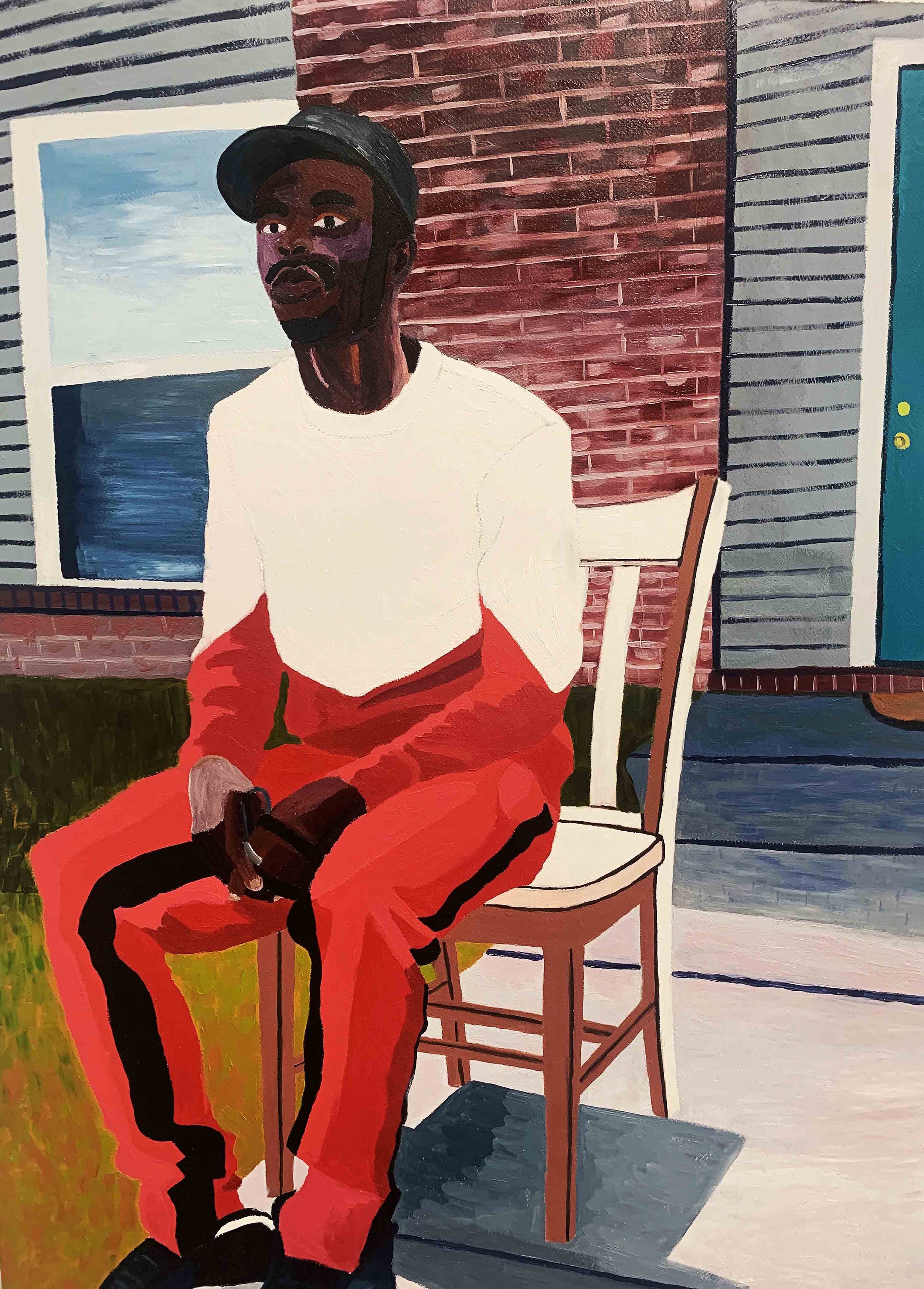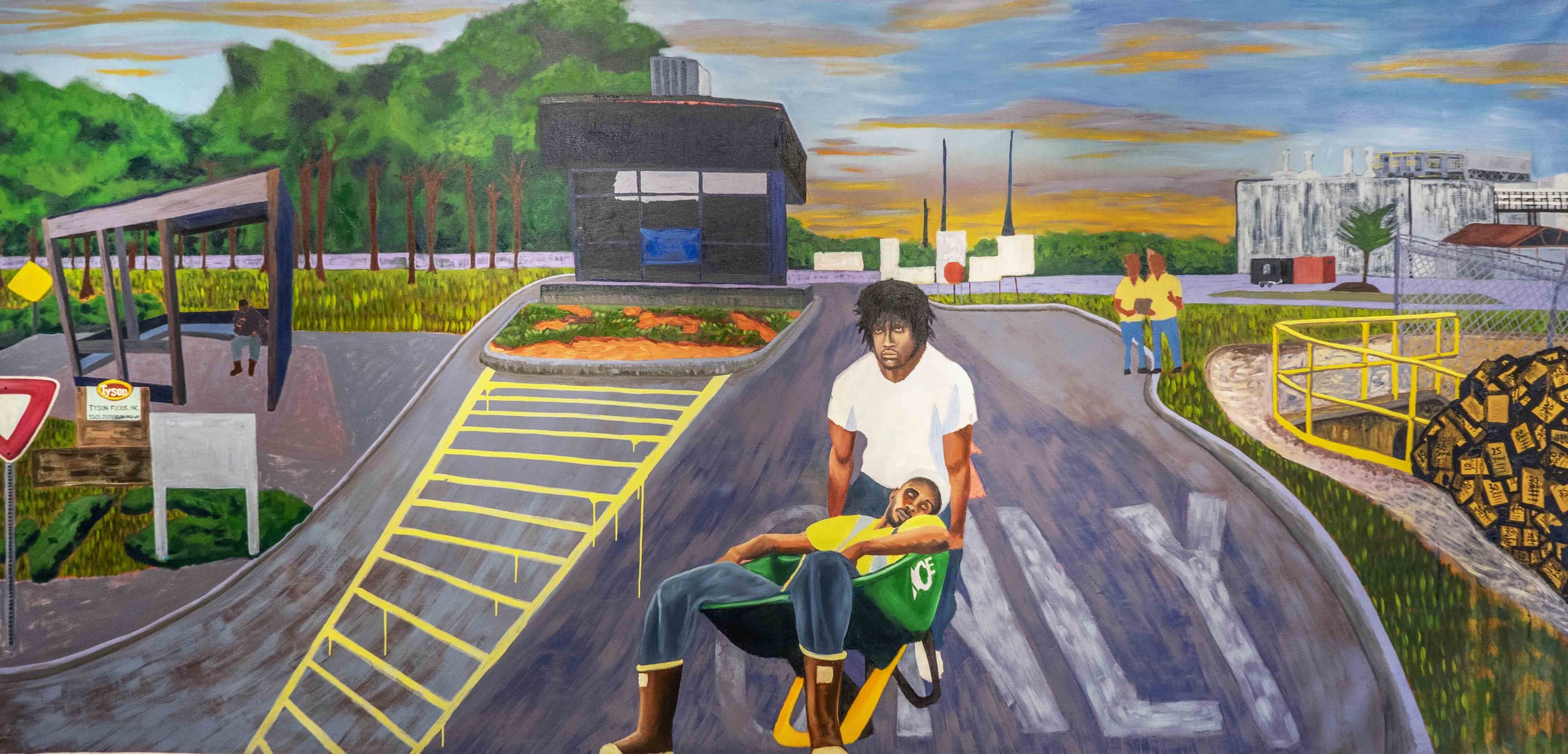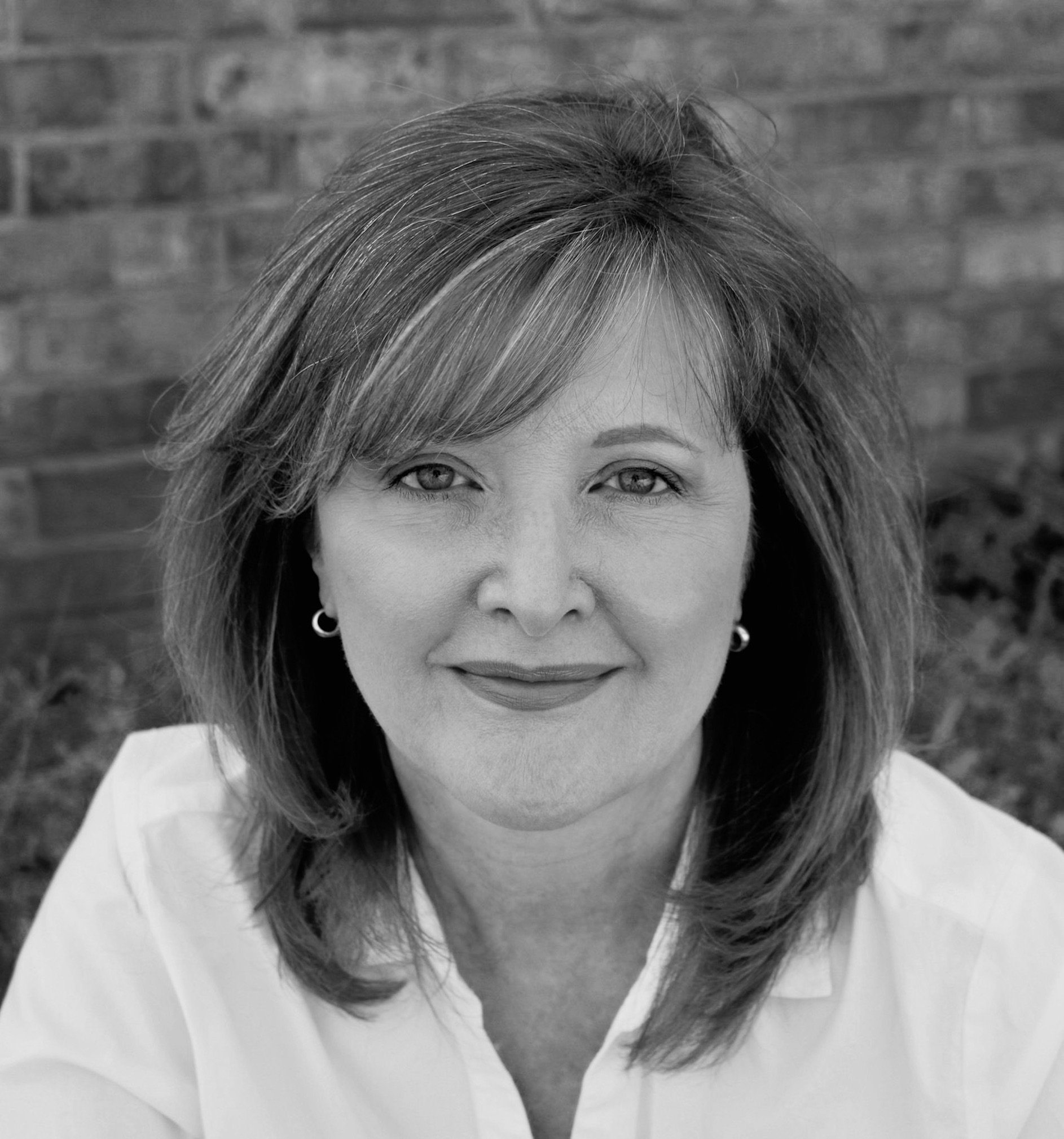Interview with artist Markeith Woods
Markeith Woods, a native of Pine Bluff, Arkansas, just completed his MFA from the University of Arkansas in Fayetteville. He is currently participating in the Chautauqua School of Art Residency Program in Chautauqua, New York. Markeith received an Artist 360 grant in 2021 and was just awarded a Creative Arkansas Community Hub & Exchange (CACHE) artist residency in Bentonville. His vibrant paintings, which tell the stories of his journey as an artist, have won numerous awards across the state and have been shown nationally. More of Markeith’s work can be found at Art Ventures in Fayetteville.
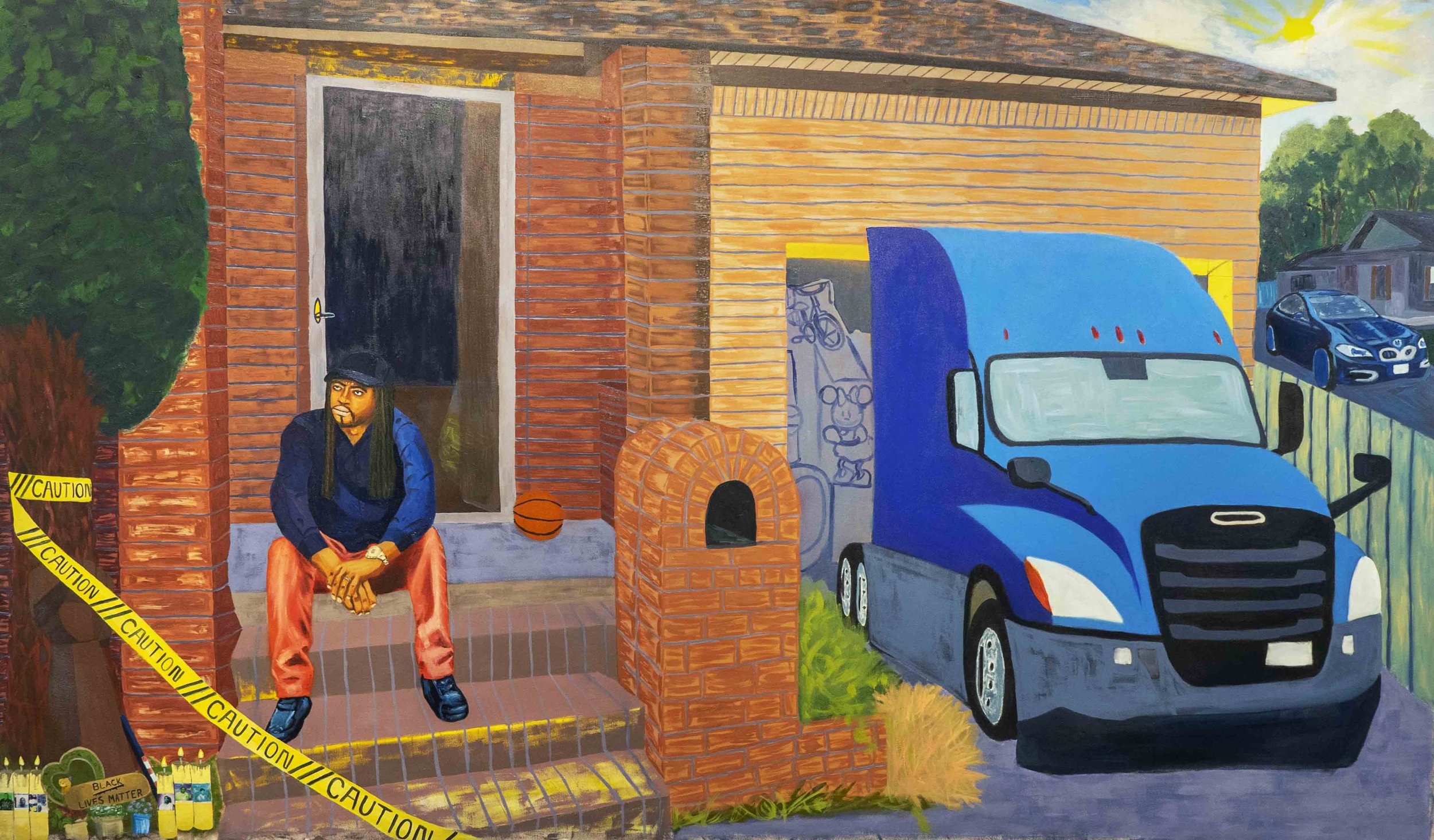

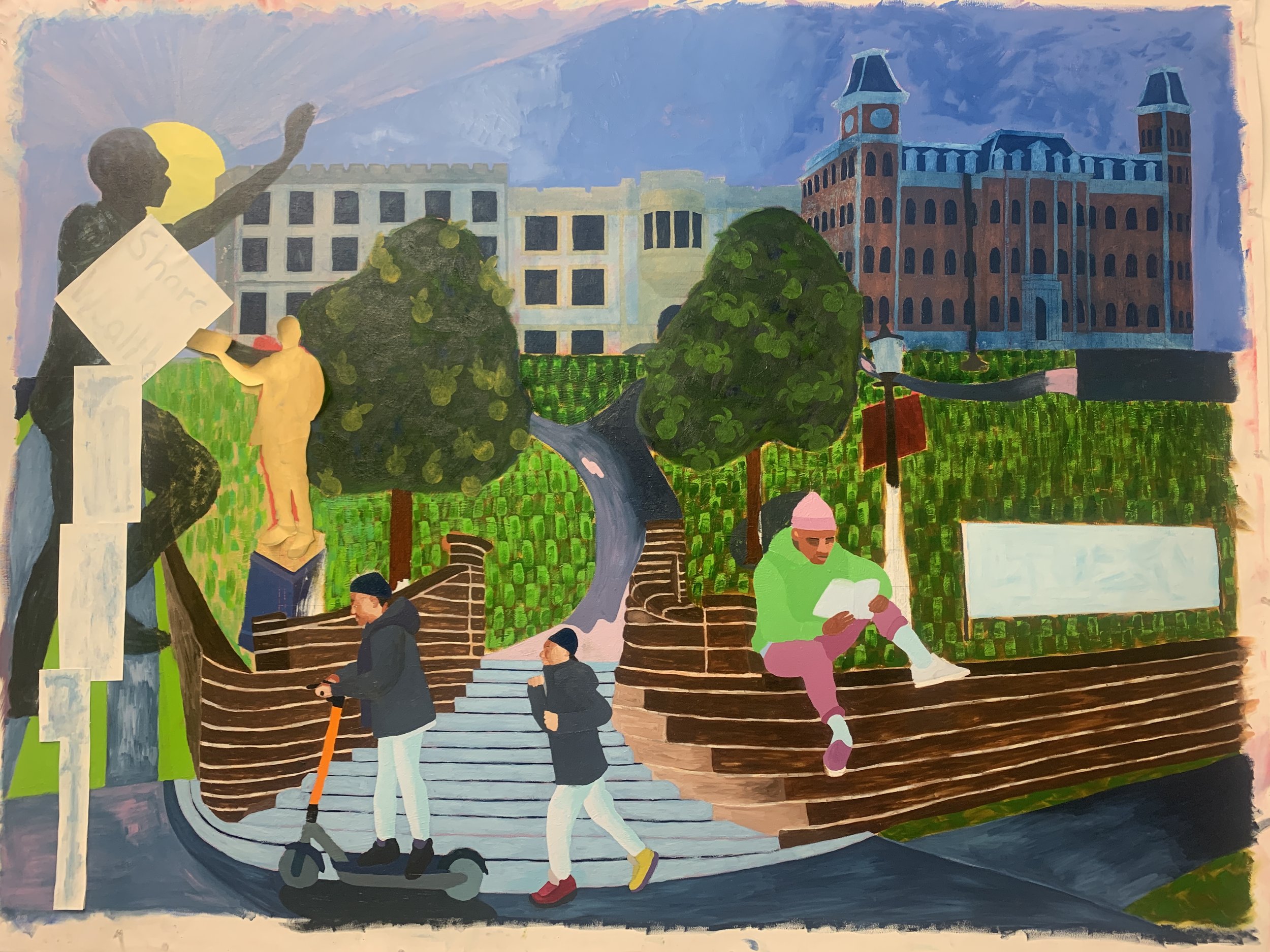
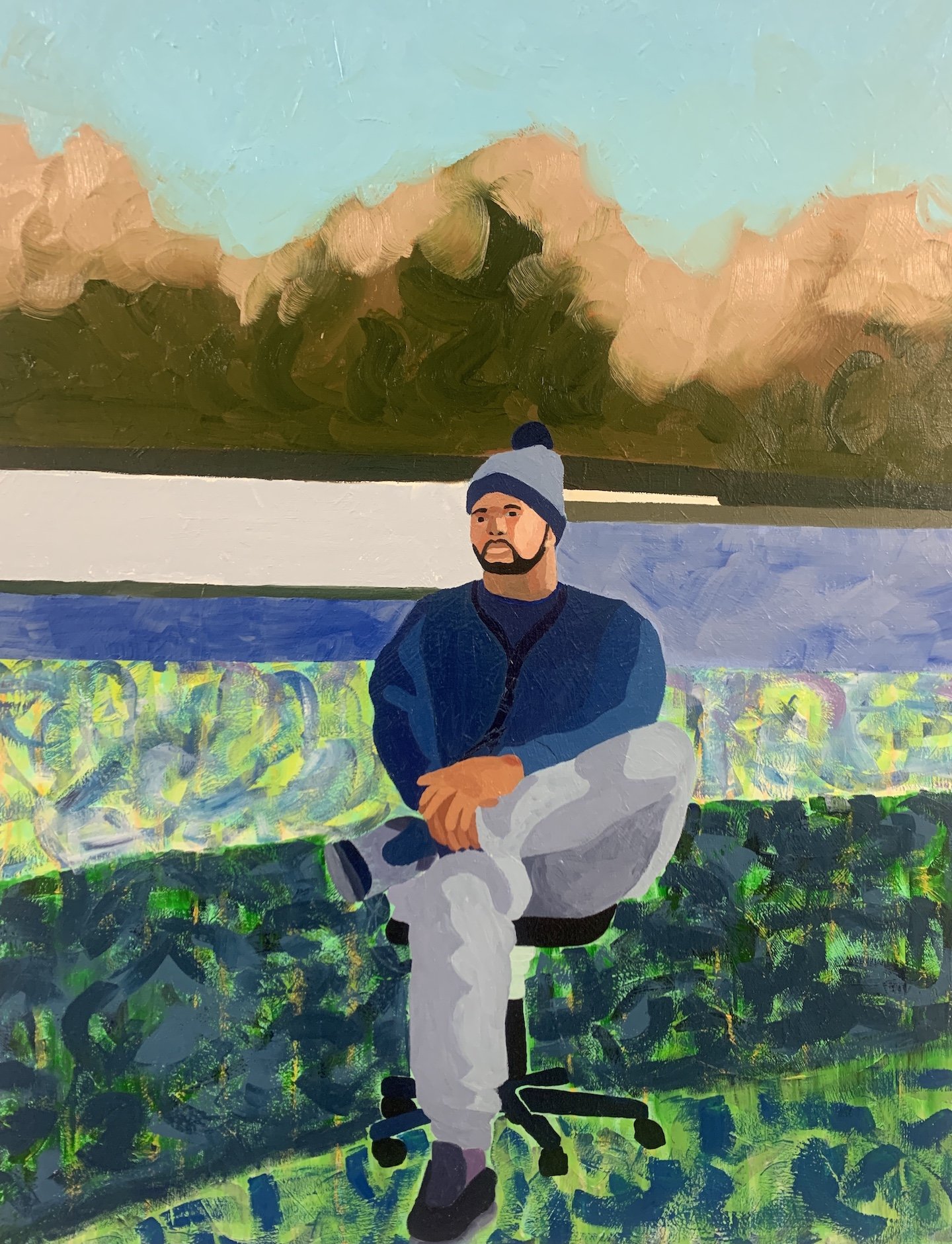
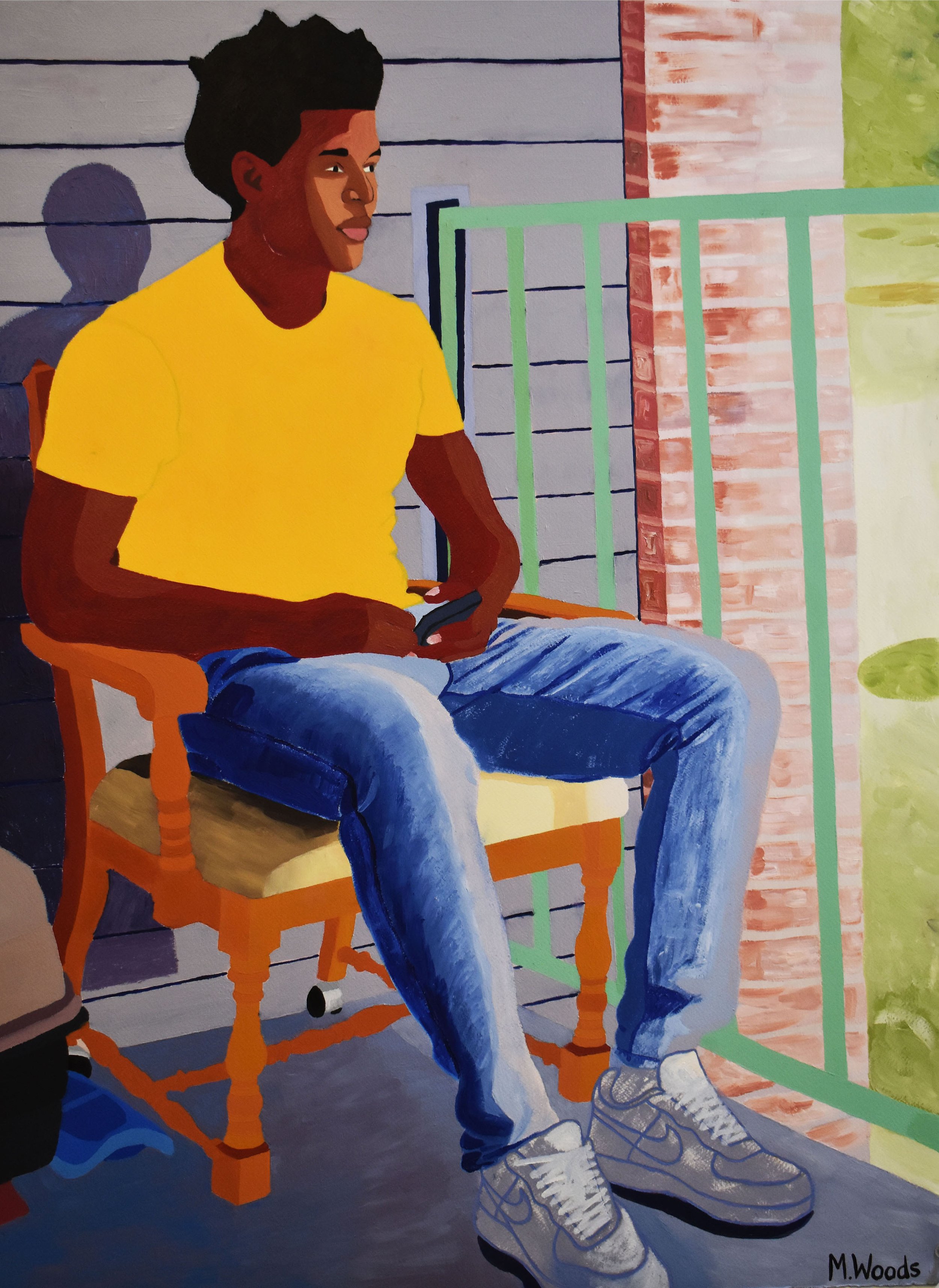
AAS: First of all, Markeith, I want to congratulate you on just completing your MFA from the University of Arkansas. It must have been a thrill seeing all of your thesis work hanging together at your show.
MW: The title of my thesis exhibition was “Invisible Until”. My show portrayed what it means to be a Black male coming from the small town of Pine Bluff, Arkansas and simultaneously trying to survive, provide for a family, and pursue a career as an artist. Right now, I’m teaching a painting class for this summer program called CAM that the artist Derek Fordjour started. The program is being held at the University of Memphis so I’m back in the city of Memphis where I had enrolled in the Memphis College of Art. But, I wasn’t able to finish due to financial issues because, similar to Pine Bluff, Memphis has a lot of poverty, which means not enough job opportunities. I remember visiting the mural in downtown Memphis that depicted a protest of men with signs stating, ‘I am a Man’. So, that’s what the show embodies - I am a Man, even when I don’t have a job and can’t have stability and provide for my family. I’m still a Man even when the choices I make don’t make sense. I am still a Man even when the world’s justice system takes my rights away - I’m still a Man.
Seeing all of my work hanging together made me so proud. It told a raw story that needed to be told. Because the world says that Black people are lazy, uneducated, don’t won’t to work, are unprofessional, and depend on government assistance instead of looking at the environment we come from.
AAS: Tell me about yourself and where you grew up.
MW: I was born and raised in Pine Bluff. Arkansas. I graduated from the University of Arkansas at Pine Bluff in 2014 and later worked several jobs to provide a home for my son born in 2010. I was blessed to be accepted into the APPLE program where I landed my first teaching job as an elementary art teacher in 2017.
AAS: Was art an important part of your life growing up?
MW: I’ve always been interested in art since I can remember. I didn’t have my first real art experience until 7th grade when I had my first art teacher Mrs. Hilgeford. She introduced me to Vincent Van Gogh, who only sold one painting during his time on earth! He is still one of my favorite artists today but becoming an artist was not very inspiring and exciting on its own. Initially I wanted a career in basketball in the NBA but soon realized after meeting the famous artist Kevin Cole that art was something I definitely wanted to pursue. My father has always been my role model because he is the epitome of what it looks like to build something from nothing and achieve the American Dream.
Everyday It’s Something, 30” x 22”, oil on paper
AAS: Let’s talk about some of your most recent paintings. You did several featuring a young Black male with an almost hopeless expression. I am thinking here of Everyday It’s Something and Waiting For My Ride, two I find especially captivating each in its own way. Tell me about those.
MW: Everyday it’s Something describes a moment in my life when I was attending undergrad and facing dozens of trials and tribulations while attempting to work full time! For example, before my senior show, I was involved in a car accident that resulted in my car being totaled and required multiple trips to the chiropractor, which ultimately made it difficult for me to meet my deadlines for the senior art exhibition in order to graduate on time. Waiting for My Ride describes a similar experience regarding my personal journey as an artist. There have been so many moments where I didn’t have reliable transportation, which left me Waiting for a Ride or forced to walk.
Waiting for my Ride, 32” x 24”, oil on paper
AAS: Who are the models for your paintings? Are they people you know or are they from your imagination?
MW: I paint a mixture of both strangers and people I know, whether friends or family. I’m a storyteller so it depends on what inspires me and what speaks to me the most in the moment and the story I want to tell.
AAS: I think my favorite painting of yours is Unemployed Again – it is a brilliant piece. The feel and mood are heightened by the altered (and sometimes lack of) perspective and the coloration you chose – and its size, of course. What story were you trying to tell in that painting?
Unemployed Again, 6’ x 10’, oil on canvas
MW: That painting portrays the emotional roller coaster that was developing in me as a result of wondering whether moving back to Pine Bluff was the right decision for me. I had been working for the Jonesboro Human Development Center, which is a state job, and I was barely making ends meet. I had some difficult debates with myself about making the sudden decision that I did to move back and quit my job. Would this sacrifice ultimately be worth it in the end? That was the big question for me in that moment.
In the painting I use perspective as a tool to draw the viewer in to examine the environment more closely because sometimes people think they know or can pass judgement based on past experiences, but all situations are different and should be viewed as such. The colors speak to the story, and I wanted to communicate that everyone in the painting was connected. The figure to the far left is the brother to the man gazing over the balcony and the woman has his child.
AAS: Tell be about I am the Institution. What is the message in that painting?
I am the Institution, 4’ x 3’, oil on paper
MW: I am the Institution was inspired by two main ideas. The first was a quote that I read during grad school that really spoke to me. The second was me feeling undervalued during my time working for the Arts and Science Center in Pine Bluff. Reflecting on the way that I think, navigate, manage, communicate, network, collaborate, plan, and execute - I believe I am the blueprint for the elements that make up a successful ‘Institution’. I included some of these elements in the painting because as an artist we need institutional support and in many ways our career depends on it. When colleges and museums became institutions, they took a lot of power away from the artists. But we shouldn’t have to give up our power. During the Renaissance period churches and universities had influence and power over the arts but so did the artists. The church or Pope would contact the artist directly for work. Now, institutions are taking control and now we have to fight to be seen. We have to be the Institution to survive.
AAS: When someone looks at your body of work, how do you hope it makes them feel? And, what would they learn about you?
MW: It is my hope that people feel inspired, gain faith, and feel empowered just by understanding the process that it took to gain freedom through my work. When I mention the word freedom, I don’t mean free to do whatever with my time. I mean that in my schedule I have the liberty to create moments that I’m able to take control over how I spend my time. I want them to learn from my work that anything you pursue fully and passionately in life, is going to come with some level of sacrifice, discomfort, emotional discomfort, and feeling powerless at times. But one day you will experience a power shift.
AAS: Why did you make the decision to earn an MFA? What would you say is the most important or valuable thing you learned during that process?
MW: I decided to earn an MFA because teaching for Dollarway school district, though rewarding, was not enabling me to be as financially stable for my son as I needed to be. Having an MFA should give me more teaching opportunities. I would say the most important thing I learned while earning my MFA was that as an African American artist you can’t just be good at what you do, you have to be exceptional. My plan now is to network as much as I can during my residency in the Chautauqua Artist Residency Program this summer and secure more gallery representation. Don’t get me wrong my experience at the U of A has been amazing but while being a father of two the support I have gotten wasn’t enough to secure financial stability. While attending the University of Arkansas at Pine Bluff, I worked for Pine Bluff Lighthouse Charter School but was not given a permanent position after I graduated. I was left unemployed and after putting in over 200 applications the only job I could get was working at Hardee’s making $8.50 with a college degree. I couldn’t afford to allow that to happen now that I have earned my MFA, so I worked full-time as an elementary art teacher my last year to support myself and that really helped my career. It gave me the resources I needed to promote my art and invest in my craft more. It’s a great feeling to be represented by Art Ventures. They have shared my work on their platform several times. At the moment, we haven’t talked much about what they could do to further promote my work, so I’m looking for a gallery that can get me solo shows in museums and take my work to Art Basel. I’m still in the process of finding position teaching art in higher education and I have a few things in the fire so by the time I’m done with my CACHE artist residency I hope to have secured a job teaching at a college or university. I am excited to say that I do have an upcoming solo show at the Historic Arkansas Museum in 2023 thanks to the amazing curator there, Carey Voss.
